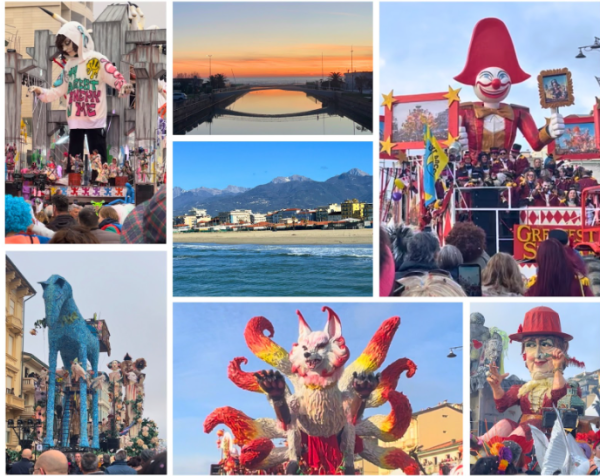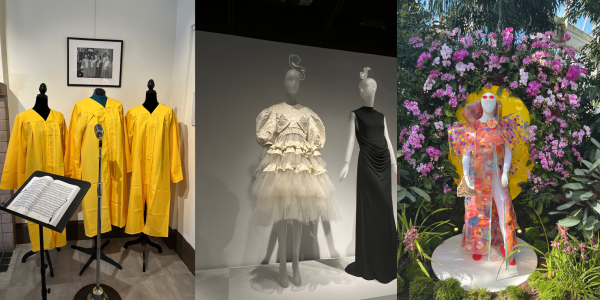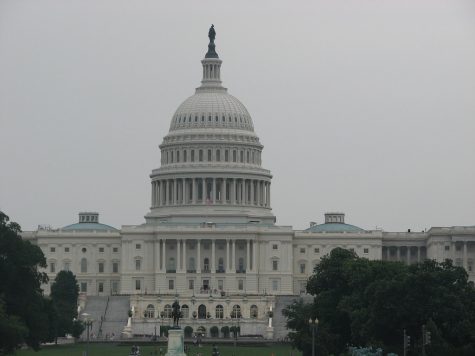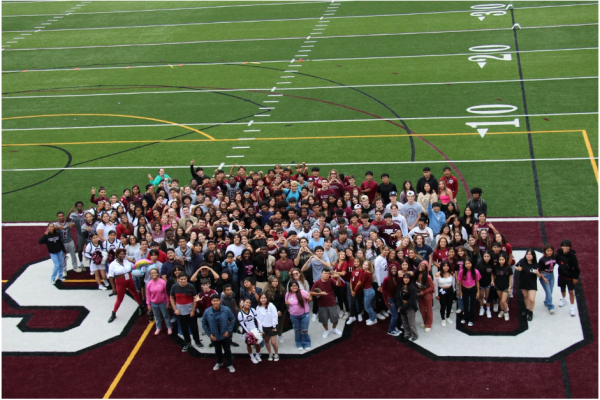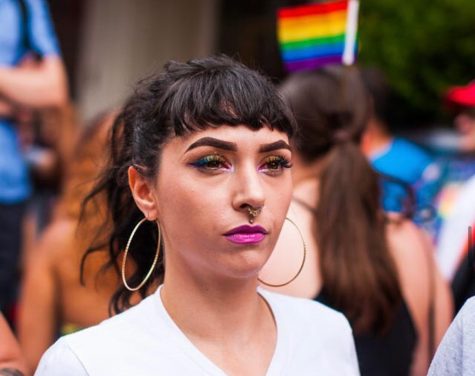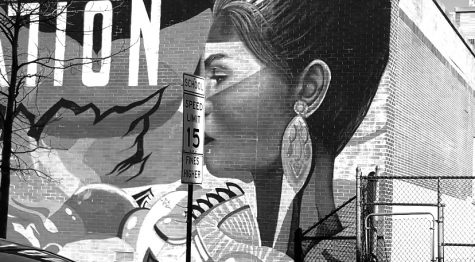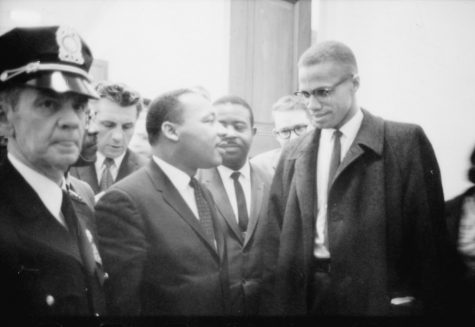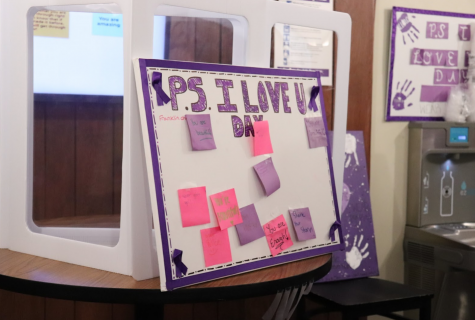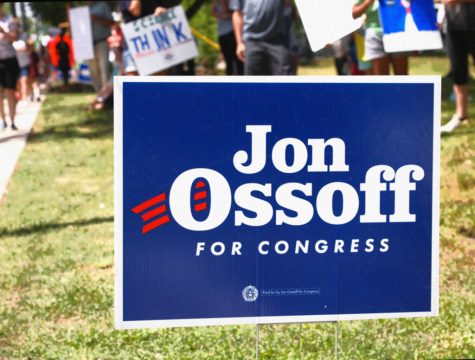NYPD: Two Officers Shot Dead, Civilian-Police Relations Strained
January 22, 2015
Since the tragic deaths of Trayvon Martin, Michael Brown, Tamir Rice and Eric Garner, the public began to express their anger in nationwide protests and rebellions. The police and public offices were blamed for these individual incidents,which have been suspected as acts of racism.
Protests were carried out in most of the major cities, including New York. Recently, protests focused on the murder of Eric Garner, who died after being held in a chokehold by Staten Island police officer, Daniel Pantaleo. Many protesters’ anger was rekindled after the decision of jury not to indict Pantaleo for the death of Eric Garner. The slogan, “I can’t breathe,” Garner’s last words, were painted on signs to represent his assault. Harsher statements have been directed towards the police department such as “How do you spell racist? NYPD” and “What do we want? Dead Cops,” which is causing a greater rift in the civilian-law enforcement dynamic. Though a majority of protesters were peaceful and minimal arrests were made, some protesters took a more violent approach furthering their agenda.
On Saturday, December 20th, 2014, NYPD officers Wenjian Liu and Rafael Ramos were shot dead while sitting in their police car on a Brooklyn street corner. The officers were uniformed and working overtime as part of an anti-terrorism drill in Bedford-Stuyvesant, when they were shot in the head. The shooter was Ismaaiyl Brinsley, who claimed to kill the officers to avenge the deaths of Eric Garner and Mike Brown. Shortly after killing the two officers, Brinsley turned his gun on himself on a nearby subway platform as other cops closed in on him.
Liu, age 32, was a newlywed of only two months, and had seven years on the force. Ramos, age 40, was a father to two sons, and had two years on the force. Brinsley, age 28, was already a fugitive, who was suspected of also shooting his ex-girlfriend in Baltimore at 5:45 a.m. the same day. At 3 p.m., Brinsley fired several times through the front passenger window, striking both officers in the head. “Liu and Ramos never had the chance to draw their weapons,” said Police Commissioner William Bratton. He added that they may never actually had ever seen their assailant, and that Brinsley opened fire without a word.
The two officers were pronounced dead at Woodhull Medical Center, where friends and family members gathered. Both shooting locations, above and underground, were scenes of blood and terror. Their funerals were held in Brooklyn and thousands of officers from all over the country attended-memorials were created by the late officers’ families and friends. Reverend Al Sharpton and the Garner family acknowledged the shootings, and had a moment of silence for the men and their families. Both families of the fallen officers are receiving generous donations to help them support themselves. The outpour of love and support, though heartwarming, is bittersweet in such tension filled times.
The relationship between the police force and civilians is undoubtedly strained and little has been done thus far to mediate it. Many people believe that increased monitoring of the police will lessen the amount of police brutality. Others believe that the actions of the police were justified and no limitations should be put on their authority. The contentious button debate will undoubtedly continue for months to come, and hopefully change for the better.




